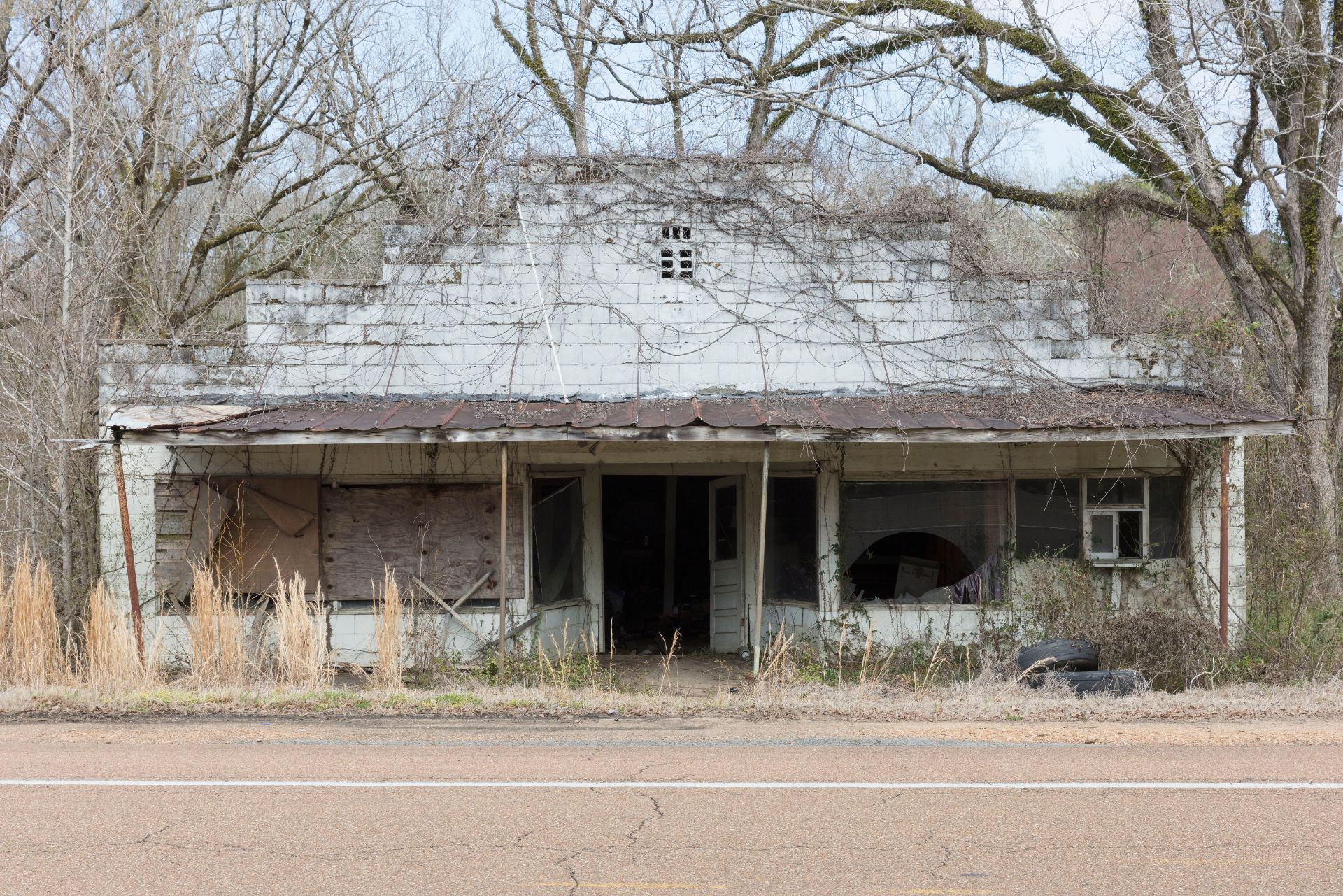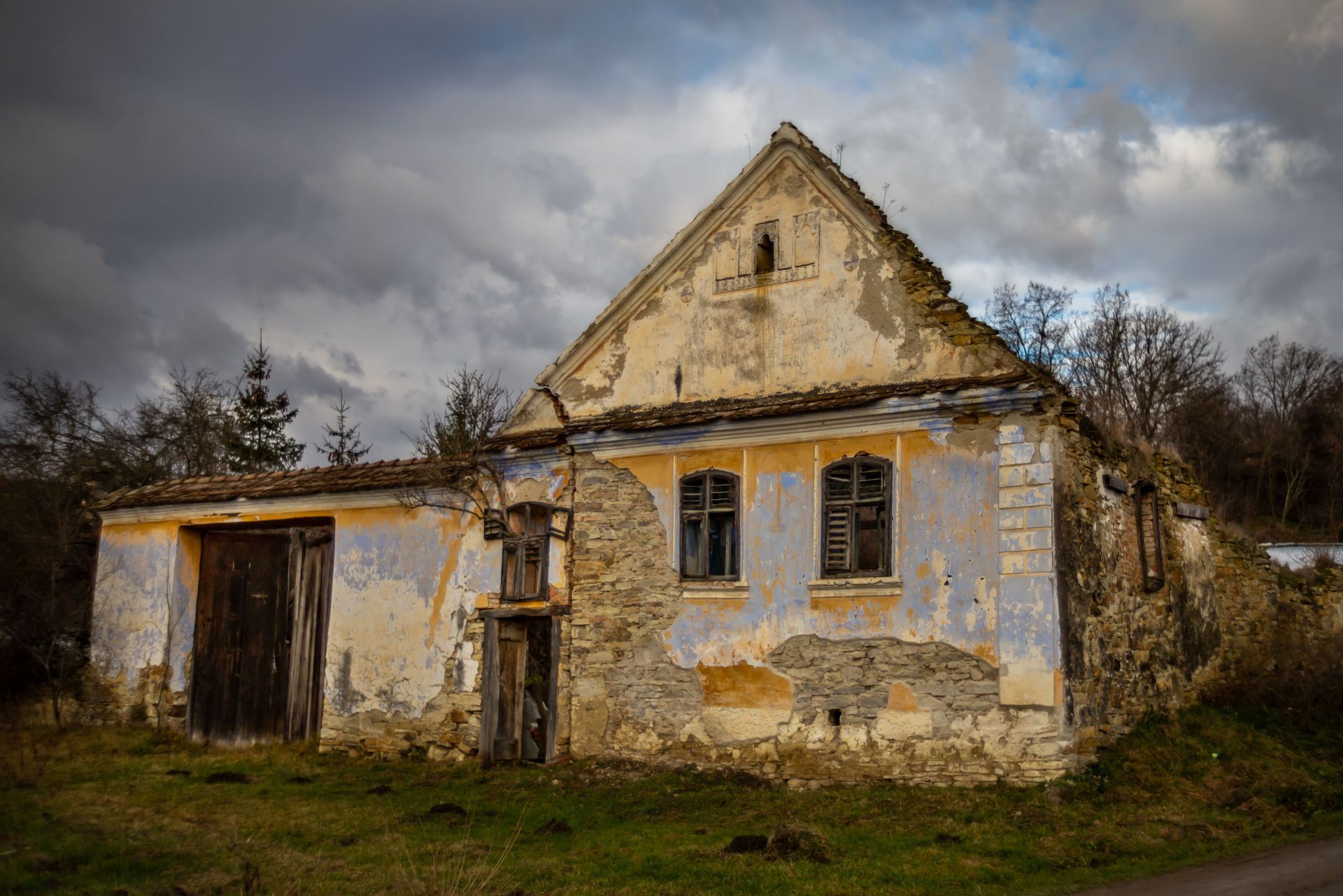Top 3 Recommended Policies

Vacant buildings present a unique set of challenges and risks for property owners, insurers, and investors alike. With the U.S. office vacancy rate reaching a record 19.8% at the end of 2024, understanding how to protect these empty spaces has never been more critical. Whether you own a commercial property left unoccupied due to market shifts or are navigating the complexities of insuring vacant real estate, this comprehensive guide will walk you through everything you need to know about vacant building insurance.
From the heightened risks associated with empty buildings to the rising costs of property insurance and the evolving market landscape, this article covers key insights and practical advice to help you safeguard your investment. For more on the current vacancy trends, see the Insurance Journal’s report on U.S. office vacancies.
Why Vacant Buildings Are Riskier and Require Specialized Insurance
Vacant buildings are inherently more vulnerable than occupied properties. Without regular oversight, maintenance, and security, these structures face a higher likelihood of damage or loss. Experts highlight that empty buildings are particularly exposed to risks such as fire, theft, vandalism, and structural deterioration.
According to Alpine Intel, the absence of daily activities and inspections can lead to unnoticed water damage, infestations, and fire hazards, all of which can escalate repair costs dramatically. This increased susceptibility means that standard commercial property insurance policies often exclude coverage for vacant properties or impose strict limitations.
Business Insurance also emphasizes that "vacant buildings are viewed as more exposed to potential losses," which explains why insurers typically charge higher premiums or require specialized vacant building insurance policies to mitigate these elevated risks.
Moreover, the lack of human presence can lead to a rapid decline in the property's condition. For instance, without regular heating or cooling, pipes may freeze and burst, leading to extensive water damage. Additionally, the absence of routine maintenance allows for the proliferation of mold and pests, which can not only compromise the building's integrity but also pose health risks to any future occupants. Insurers often assess these factors when determining coverage options, making it crucial for property owners to understand the specific vulnerabilities associated with their vacant structures.
Furthermore, vacant buildings can attract unwanted attention from trespassers or squatters, increasing the risk of liability claims. If someone were to get injured on the property, the owner could face significant legal repercussions, especially if it is determined that the property was not adequately secured. This potential for liability adds another layer of complexity to insurance needs, prompting many owners to seek out policies that specifically address these unique risks and provide comprehensive protection tailored to vacant properties.

Understanding the Current Market and Insurance Cost Trends
The commercial property insurance market is undergoing significant changes, influenced by both economic factors and environmental challenges. The global market was valued at $105 billion in 2024 and is projected to grow to $152 billion by 2032, reflecting a compound annual growth rate (CAGR) of 4.8%, according to Verified Market Research.
However, this growth comes with rising costs. Property insurance premiums have surged by an average of 26% over the past year, driven by increased claims and heightened risk awareness, as detailed in the 2023 State of Multifamily Risk Survey reported by GlobeSt. For vacant buildings, these cost hikes can be even more pronounced due to the amplified risk profile.
Additionally, recent extreme weather events have exacerbated the situation. In 2023, the U.S. experienced a record 28 separate billion-dollar weather disasters, with recovery costs estimated at $92.9 billion. These events have pressured insurers to reassess risk models and pricing strategies, further impacting premiums for commercial properties, including vacant buildings.
The implications of these trends extend beyond just financial metrics; they also affect property owners' strategic decisions. Many are now considering investing in risk mitigation strategies, such as enhanced building materials and advanced technology for monitoring environmental conditions. For instance, the integration of smart sensors can help detect leaks or structural weaknesses early, potentially reducing the frequency and severity of claims. Furthermore, property owners are increasingly seeking out insurance policies that include coverage for natural disasters, which can provide a buffer against the unpredictable nature of climate-related events.
Moreover, the competitive landscape of the insurance market is shifting as well. Insurers are now more inclined to offer tailored solutions that address the unique needs of different property types, particularly in high-risk areas. This customization can lead to better coverage options for policyholders, but it also requires a deeper understanding of the specific risks associated with each property. As a result, property owners are encouraged to engage in proactive risk assessments and to maintain open lines of communication with their insurance providers to ensure they are adequately covered in an evolving market.
Common Coverage Challenges and Underinsurance Risks
One of the biggest pitfalls for property owners is underinsurance. Studies indicate that approximately 90% of buildings are underinsured, with 68% underinsured by 25% or more, according to the Insurance Information Institute. This gap can leave owners exposed to significant out-of-pocket expenses in the event of a claim.
Vacant buildings often face stricter underwriting scrutiny, and insurers may impose coverage restrictions or exclusions for certain perils. For example, many policies exclude damage caused by vandalism or theft if the property is vacant beyond a specified period, typically 30 to 60 days. Fire coverage may also be limited unless additional safeguards are in place.
Owners are encouraged to work closely with insurance professionals to ensure adequate valuation and coverage. This includes considering replacement cost coverage, adding endorsements for vacant property risks, and maintaining proactive risk management practices to reduce the likelihood of claims.
Furthermore, the issue of underinsurance is compounded by fluctuating market values and construction costs, which can change rapidly due to economic conditions. Property owners should conduct regular assessments of their insurance policies to ensure that they reflect current market realities. For instance, if the cost of materials rises due to supply chain disruptions, the amount of coverage that was once adequate may no longer suffice. Regularly updating the insurance policy can help mitigate the risks associated with these market fluctuations.
Additionally, property owners should be aware of the importance of understanding policy language and exclusions. Many are surprised to discover that certain types of damage, such as mold or natural disasters, may not be covered under standard policies. By familiarizing themselves with the specifics of their coverage, owners can make informed decisions about additional policies or riders that may be necessary to protect their investments fully. This proactive approach not only safeguards their property but also provides peace of mind in an increasingly complex insurance landscape.
Practical Steps to Protect Vacant Buildings
Mitigating the risks associated with vacant properties requires a combination of insurance solutions and physical risk management. Regular inspections, security patrols, and maintenance can significantly reduce exposure to damage and loss. These proactive measures not only safeguard the property but also help maintain its value over time, which is especially important in fluctuating real estate markets.
Installing alarm systems, surveillance cameras, and fire detection equipment helps deter vandalism and theft while ensuring early warning in case of emergencies. Additionally, maintaining the building’s structural integrity by addressing leaks, HVAC systems, and pest control can prevent costly deterioration over time. For instance, a small leak left unattended can lead to mold growth, which not only damages the property but can also pose health risks to future occupants. Regular maintenance schedules should include checks on the roof, windows, and doors to ensure they are secure and weatherproof.
Insurance providers often require documented risk mitigation efforts as a condition for coverage or premium discounts. Engaging with property management firms specializing in vacant buildings can also streamline these processes and provide peace of mind. These firms can offer valuable insights into local regulations and best practices for maintaining vacant properties, ensuring compliance and minimizing liability. Furthermore, they can assist in developing a comprehensive risk management plan tailored to the specific needs of the property, which may include community engagement strategies to foster good relationships with neighboring businesses and residents, thereby enhancing the overall security of the area.
Another critical aspect of protecting vacant buildings is the implementation of landscaping and exterior lighting. Well-maintained landscaping can enhance the property’s curb appeal while also deterring trespassers. Overgrown bushes or poorly lit areas can provide hiding spots for potential vandals or intruders. Installing motion-sensor lights and keeping the grounds tidy not only improves visibility but also signals that the property is actively monitored. Additionally, engaging with local law enforcement to establish a routine check-in can further bolster security measures, creating a partnership that benefits both the property owner and the community at large.

How to Choose the Right Vacant Building Insurance Policy
When selecting insurance for a vacant building, it is essential to understand the policy’s terms, coverage limits, and exclusions. Not all commercial property policies automatically cover vacant properties, so specialized vacant building insurance or endorsements may be necessary.
Key factors to consider include the duration of vacancy covered, types of perils insured, and requirements for risk mitigation. Some insurers may require periodic inspections or proof of security measures to maintain coverage. Additionally, it's important to assess the potential risks associated with the specific location of your vacant building. For example, areas prone to vandalism or natural disasters may necessitate broader coverage options to protect against unique threats.
Working with an experienced insurance broker can help navigate these complexities and tailor a policy that aligns with your property’s specific risks and needs. Given the rising vacancy rates and insurance costs, proactive planning is crucial to avoid coverage gaps and unexpected expenses. Furthermore, understanding the local market conditions can also play a significant role in determining the best insurance options. For instance, if the area is experiencing economic downturns leading to increased vacancies, it may be wise to explore policies that offer flexible terms or discounts for properties that are actively being marketed for lease or sale.
The Future Outlook for Vacant Building Insurance
With the U.S. office vacancy rate climbing steadily—up from 19.2% in Q3 2023 to 19.6% in Q4 2023 and reaching 19.8% by the end of 2024—the demand for vacant building insurance is expected to increase. This trend reflects broader shifts in the commercial real estate market, including changing work patterns and economic uncertainties, as reported by Business Insurance.
Insurers will likely continue refining their underwriting criteria and pricing models to address the unique risks posed by vacant properties. Meanwhile, property owners will need to stay informed and adapt their risk management and insurance strategies accordingly. As the landscape evolves, it is crucial for property owners to understand the specific vulnerabilities associated with vacant buildings, such as vandalism, theft, and potential liability claims. These factors can significantly impact the cost and availability of insurance, making it essential for owners to conduct thorough risk assessments and implement preventative measures.
Innovations in risk assessment technology and creative insurance solutions may also emerge to better serve this growing segment, helping mitigate losses and stabilize the market. For instance, the integration of IoT devices and smart building technology can provide real-time monitoring of vacant properties, alerting owners to potential issues before they escalate. Additionally, insurers might explore partnerships with tech firms to develop tailored insurance products that cater specifically to the needs of vacant property owners, potentially incorporating features like flexible coverage options that adjust based on occupancy status or seasonal risks.
Conclusion
Vacant building insurance is a critical consideration for property owners facing the realities of an evolving commercial real estate landscape. The combination of increased vacancy rates, rising insurance costs, and heightened exposure to risks makes specialized coverage and proactive risk management indispensable.
By understanding the unique challenges vacant buildings present, staying informed about market trends, and partnering with knowledgeable insurance professionals, owners can protect their investments and navigate this complex environment with confidence.
Staying ahead of these developments ensures that vacant properties remain an asset rather than a liability in today’s dynamic market.
Contact Us
Phone
Location
